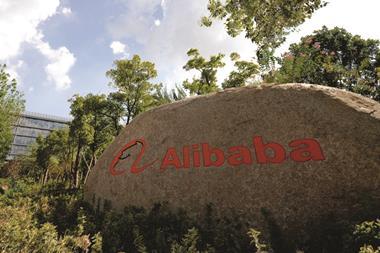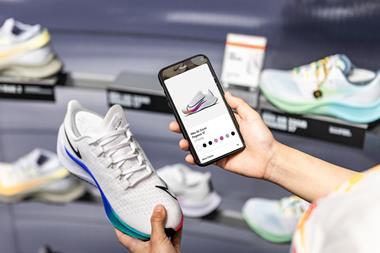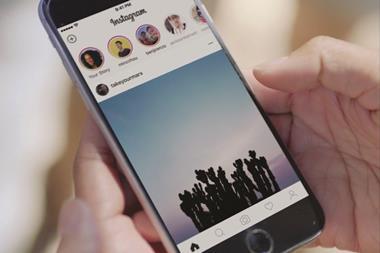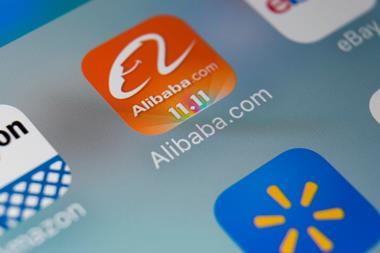The Covid-19 crisis has had a global impact on consumer spending, shifting short-term purchase patterns and bringing long-term changes to the way we work, socialise and shop.
This impact has been particularly profound in China. With around 855 million digital consumers, this audience of mobile-first shoppers has been extremely quick to explore and accept new types of digital engagement and new ways to purchase goods.
Imports rocket
Growing purchasing power and increasing exposure to international trends have ensured that the demand for quality imported goods has remained strong throughout the crisis.
“This opportunity for growth is particularly strong in the beauty, personal care, health and wellness sectors”
Data from Tmall Global – Alibaba’s cross-border ecommerce platform – shows that purchases of goods from overseas were up 52% year on year in February. Most recently, during Alibaba’s 618 Mid-Year Shopping Festival, we saw a 43% surge on imported product sales compared with 2019.
This presents an exceptional opportunity for British brands of all sizes to use digital tools and technologies to tap into a new audience to support their recovery from the crisis and return to growth.
This opportunity for growth is particularly strong in the beauty, personal care, health and wellness sectors.
British brands that have capitalised on this trend in recent months include Pukka, ProVen and Probio7, as well as Myprotein, SlimFast and emerging brand Exante.
Smoothskin, a Swansea-based manufacturer specialising in home-use laser-hair-removal equipment, saw 500% year-on-year sales growth in May.
Creativity is key
Chinese consumers already had high expectations for brand and retail engagement, with the trend towards ‘shoppertainment’ elevating purchases beyond a transaction to an experience.
The pandemic has forced brands to build on these trends and become even more creative in how they market to and serve consumers.
British brands looking to explore China should think beyond ecommerce as a route to sell products, to consider how to maximise the potential for digital engagement. Now is the time for experimentation and bravery with innovative online experiences.
“3D shopping has also grown significantly in importance and impact, giving brands an opportunity to create an immersive and interactive experience”
Livestreaming is a perfect example of an existing trend that has really taken hold in the wake of Covid-19. Taobao Live, Alibaba’s dedicated livestreaming channel, saw an overall increase of 123% year on year during the 618 Shopping Festival, which took place in June.
3D shopping has also grown significantly in importance and impact following the pandemic, giving brands an opportunity to create an immersive and interactive ecommerce experience that replicates elements of in-store shopping.
Ikea has used this technology to great effect. During 618, it unveiled an online version of one of its Shanghai stores, complete with furniture-filled showrooms and its signature walkthrough design.
Augmented-reality (AR) technology has also had a key role to play in helping brands create engaging customer experiences. This is particularly relevant in the beauty sector.
Estée Lauder, for example, has used AR filters to let consumers virtually try out new lipstick shades. This has led to impressive results, with consumers staying from an average of 30 seconds to longer than 70 seconds on the brand’s product pages.
Export opportunity for British brands
The drastic period of change we have lived through has quickly and significantly reshaped consumer behaviour and accelerated a familiarity with, and reliance on, ecommerce.
Alongside domestic priorities, export will have a key role to play in supporting economic recovery.
Global demand for British goods remains strong, and the worldwide shift to ecommerce gives companies the opportunity to really make use of digital tools to connect with consumers and drive growth in the wake of the pandemic.





























No comments yet